Retrieval vs. Generative Chatbots: Best Choice for Your Business in 2024



Choice between Retrieval or Generative Chatbot
Chatbots are becoming increasingly useful in our daily lives, from virtual voice assistants like Siri, Google Assistant, and Alexa to customer support chatbots on websites.
Chatbots are designed to provide human-like responses to user queries. They can be broadly categorised into two types: retrieval-based chatbots and generative chatbots. This article aims to examine the differences between these two types of chatbots, their advantages, disadvantages, and their practical applications. Let’s start with understanding the basics of retrieval-based chatbots.
Retrieval-based chatbots are a type of conversational AI system that operate by matching user inputs to a predefined set of responses stored in a knowledge base. They use natural language processing techniques to understand user intents and queries, and then retrieve the most appropriate pre-written response from their database to provide back to the user.
Retrieval-based chatbots rely on a curated knowledge base containing conversational scripts, information, and responses customised to specific use cases and domains. When a user sends a message, the chatbot analyses the input using techniques like pattern matching, keyword identification, and intent recognition to map the user’s query to the most relevant response in its database. The chatbot then returns this pre-written response to the user.
Now, let’s understand Generative Chatbots
Generative AI chatbots are artificial intelligence-powered and use deep learning and natural language processing (NLP) to generate human-like text responses in natural language during conversations with users. They are designed to understand user input, context, and intent and then generate contextually relevant textual responses.
Generative AI chatbots are trained on vast datasets of text from the internet, books, articles, and other sources. They use natural language processing and deep learning models to process and generate text. When a user sends a message, the chatbot preprocesses and tokenizes the input, breaking it down into smaller units called Tokens. It then uses these tokens to create an initial representation of the user’s message and generates a response by predicting the next words or tokens based on its training data and learned language patterns.

Retrieval-based chatbots and generative chatbots are two distinct approaches to building conversational AI systems. While both aim to engage in meaningful interactions with users, they differ in how they generate responses
Retrieval-based chatbots rely on a pre-defined set of responses. They use techniques like keyword matching, machine learning, or deep learning to select the most appropriate response from their database. They are often used in closed-domain scenarios and are good at handling a large volume of requests. However, they may appear less flexible and may struggle with generating dynamic responses.
when dealing with complex or ambiguous queries. They may struggle to understand the user’s intent and provide generic or irrelevant responses. Additionally, they are limited by their pre-defined responses, making them less adaptable to changing needs.
Generative chatbots, on the other hand, create original responses by generating new combinations of language. They are trained on vast datasets and use advanced deep learning and natural language processing techniques. These chatbots can engage in more human-like conversations, handle context, and provide contextually relevant responses. However, they require extensive training data and are more complex to develop and optimise.
Generative chatbots, despite their impressive capabilities, have their own set of issues. They may generate inaccurate or misleading responses, known as “hallucinations or confabulations” They can also exhibit biases and perpetuate harmful stereotypes if not carefully trained and monitored, very resource intensive to train on custom data. Furthermore, generative chatbots require significant computational resources and extensive training data, making them more costly to develop and maintain.
How can businesses address the limitations of retrieval-based chatbots‘ inflexibility and generative chatbots’ potential for inaccuracies and biases, ensuring accurate and most importantly training on your own data?
To address the limitations of both retrieval-based and generative chatbots, businesses can use a hybrid approach called Retrieval-Augmented Generation (RAG). RAG combines the strengths of both retrieval-based and generative chatbots. It enhances the capabilities of generative chatbots by allowing them to access external knowledge bases or databases. By retrieving relevant information from these sources, generative chatbots can provide more accurate, up-to-date, and contextually appropriate responses. RAG improves the quality and relevance of the generated text, making chatbots more reliable and trustworthy. To learn more about RAG Chatbots, you can read (Here)
When choosing between two types of chatbots—retrieval-based and generative—it’s important to consider their strengths and weaknesses. Retrieval-based chatbots provide consistent answers and can connect with different systems, but they might struggle with flexibility. Generative chatbots can interact more naturally but may sometimes give incorrect information and require lots of data.
To solve these issues, a hybrid approach called Retrieval-Augmented Generation (RAG) combines the best of both approaches, giving better, more accurate responses. While both approaches have their advantages and disadvantages, when combined, they will be far more effective and solve some of the issues of both approaches, ultimately helping businesses improve customer service and efficiency.
Use the RAG Chatbot for improved customer engagement, accuracy, and efficiency!
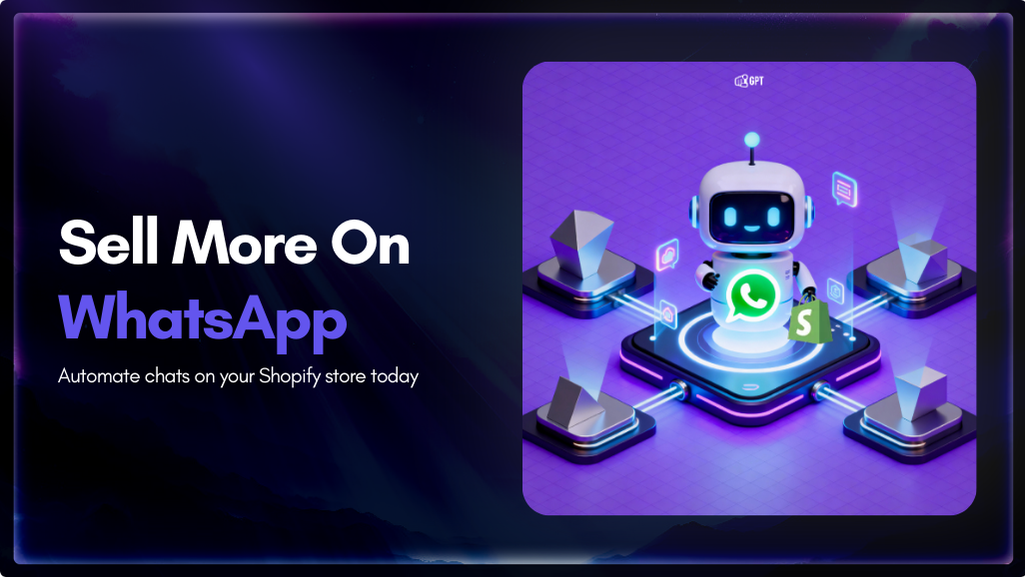
Shopify stores often use a chatbot on their website to handle product questions, order updates, and support. But customers also message on WhatsApp expecting the same quick answers. Most of them already use WhatsApp throughout the day, so reaching out there feels natural. A chatbot that works across both channels responds in seconds, guides purchase […]

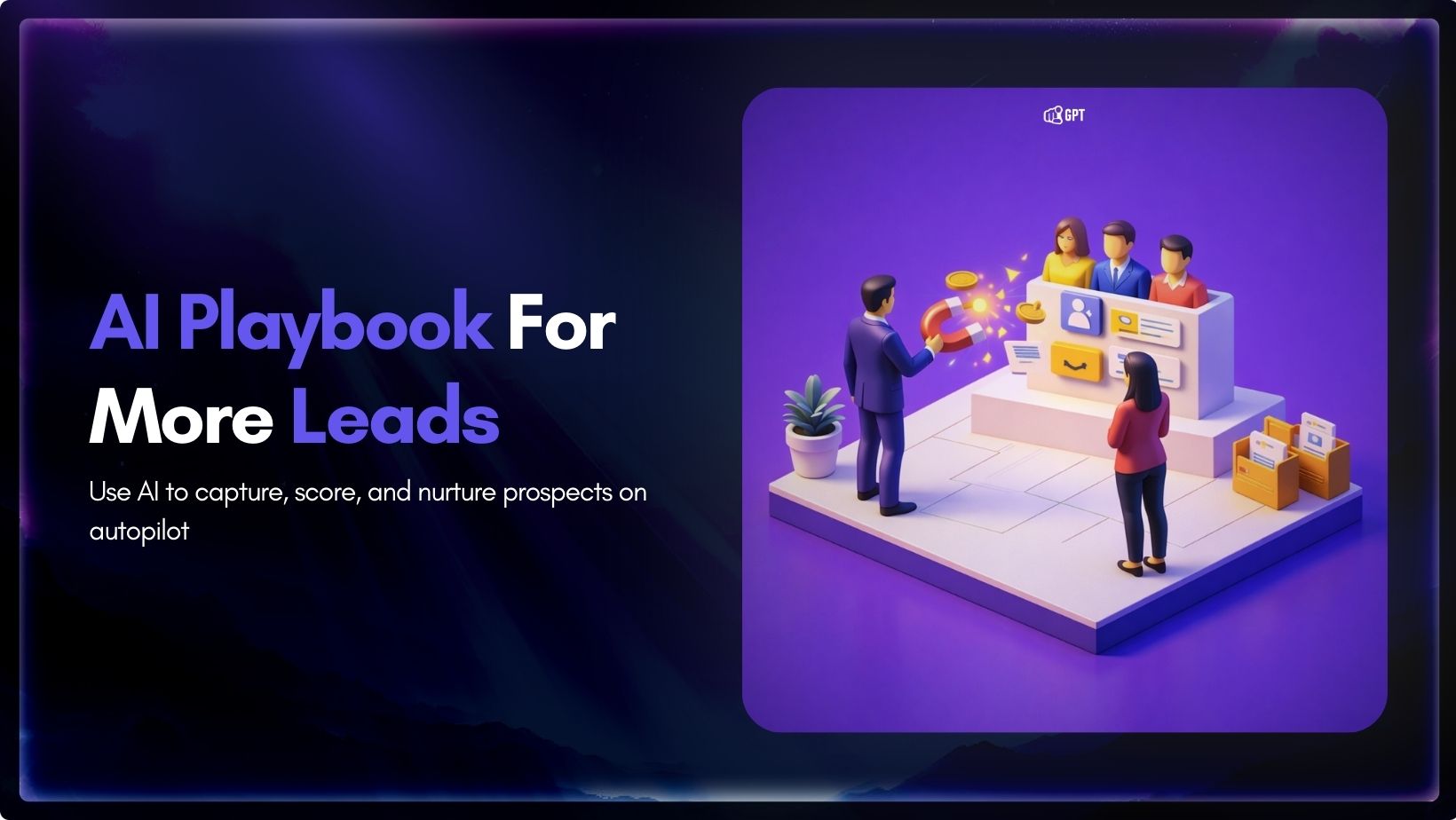
Most businesses do not struggle to generate leads. They struggle to know which ones are worth acting on. Forms get filled, DMs arrive, emails are opened, and chats happen across multiple tools. Some prospects convert. Most do not. The real problem is that there is no reliable way to tell, early enough, which signals actually […]


Artificial Intelligence has advanced quickly over the past five years, moving from an experiment to a standard component of modern business. AI has become a central part of enterprise strategy. 88% of organizations are now using AI. This figure has increased from 78% the year before. This transformation is reshaping how companies run, communicate, and […]

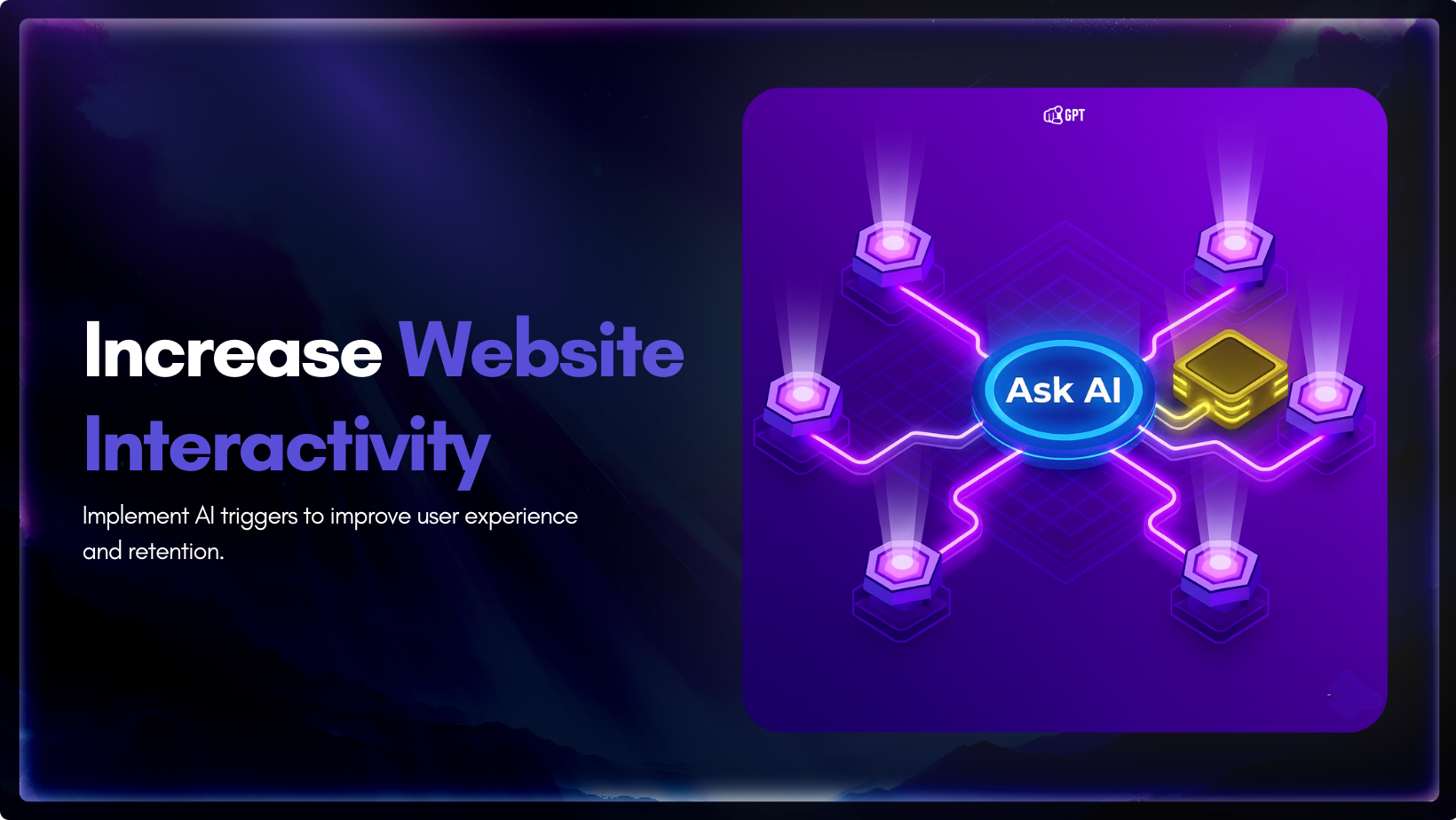
You invest time writing your website copy. You explain features, pricing, and how everything works. The information is there. Still, some visitors leave without clarity, and small gaps in understanding often stop them from moving forward. This happens because a static page cannot adjust to what they want at that moment. They skim a section, […]

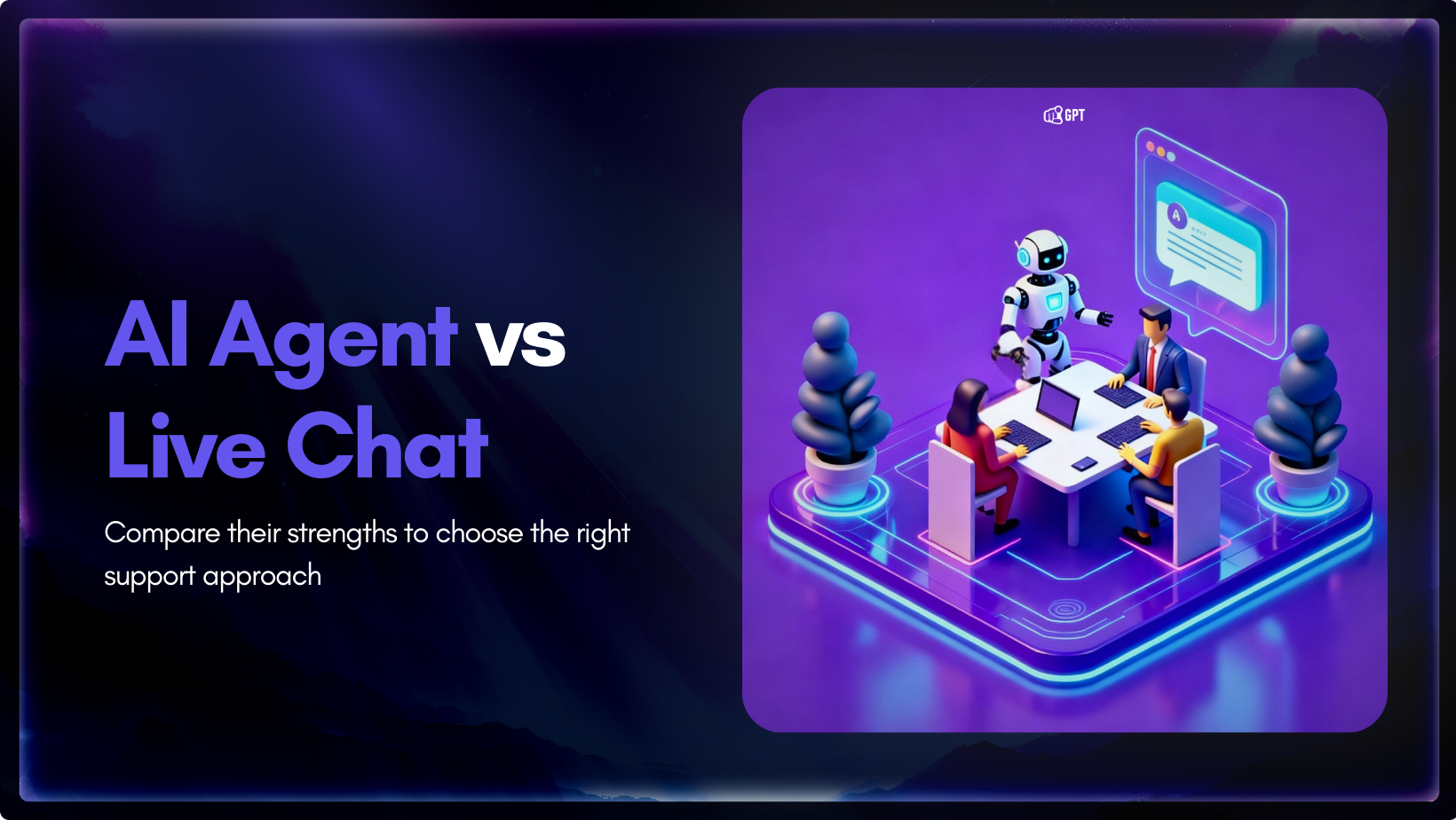
AI agent and live chat each play a different role in customer support, and the choice between them influences how a team handles growth. Companies are moving toward faster support models, and one clear trend is the use of AI to reduce operating costs by up to 30%. The difference shows up when ticket volume […]

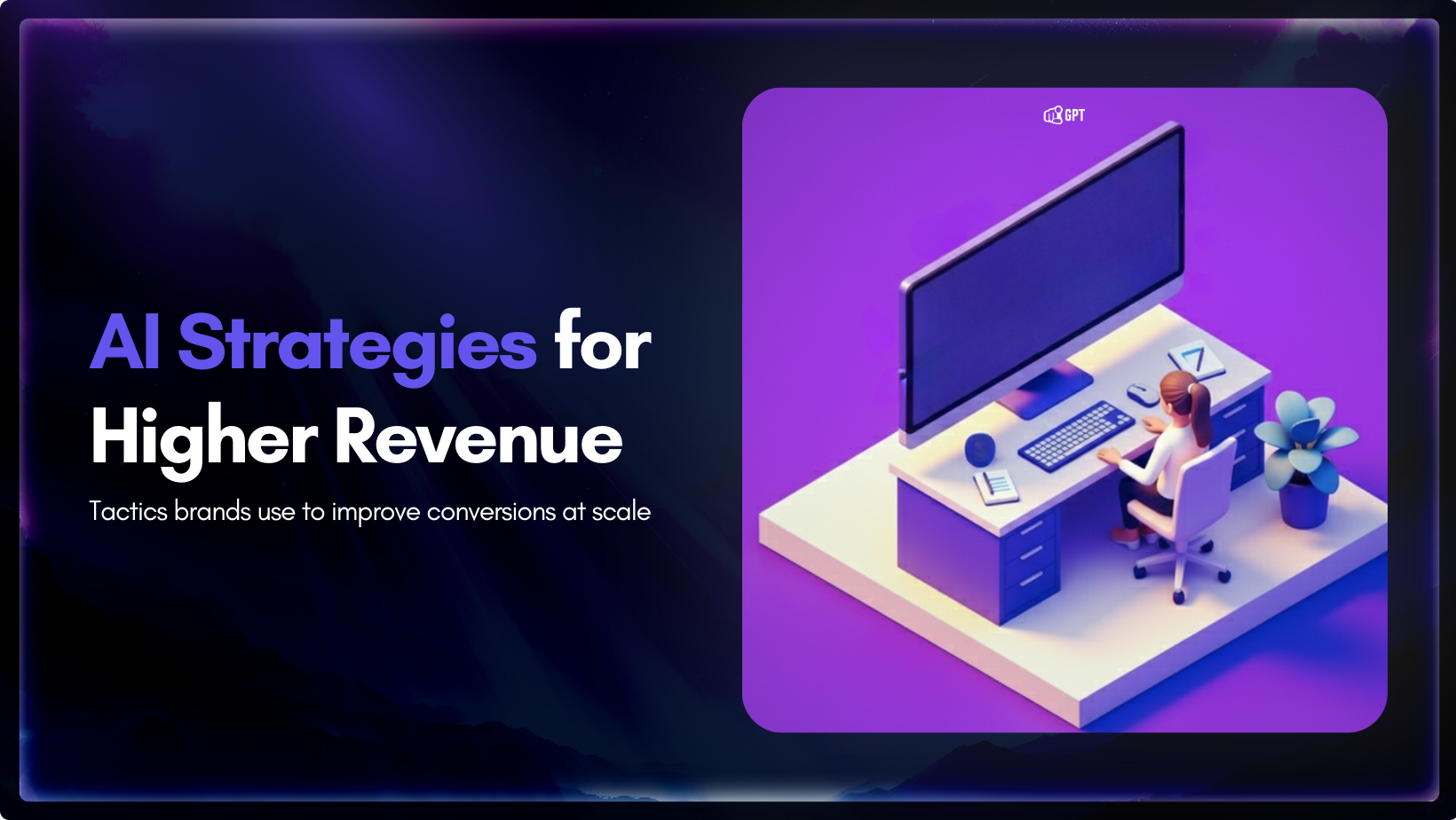
You have definitely heard about the use of AI in marketing. But have you ever seen or learned how it can actually drive revenue? Well, firms using AI in marketing and sales report significant benefits. According to a recent study by McKinsey & Company, revenue increases from AI show up most in marketing and sales, […]
